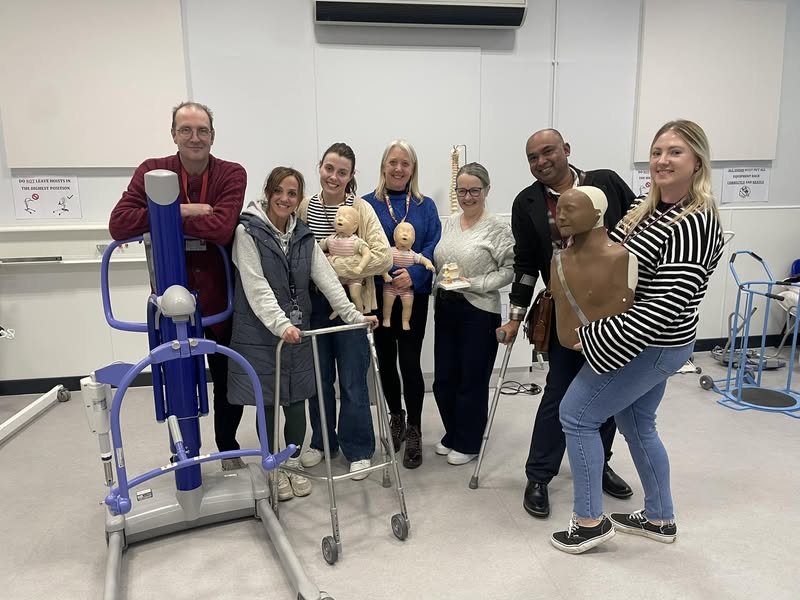Workplace Risk Assessment Training

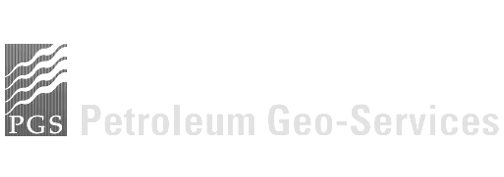

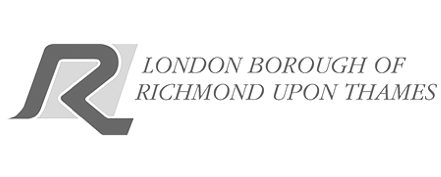



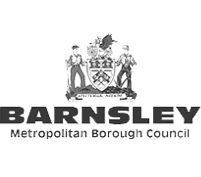



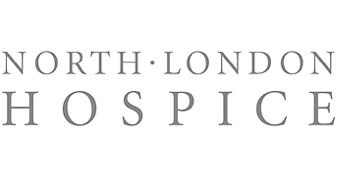
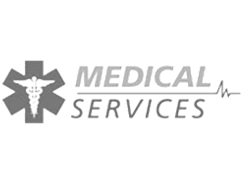

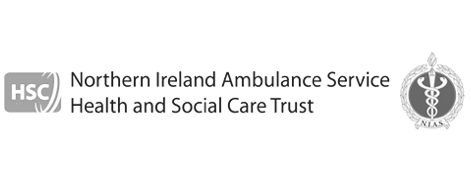
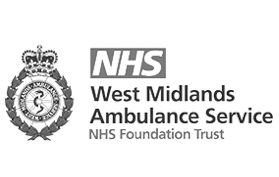
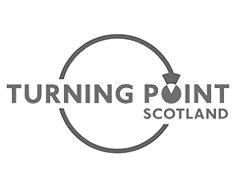
Course Overview
This risk assessment training course is designed to equip participants with the confidence and competence to conduct basic workplace risk assessments and identify risks effectively. Using learner-centered methods, the course highlights that risk management is an integral part of good management practices, not an additional burden. Additionally, online risk assessment training is available to ensure flexibility and accessibility for participants.
By engaging in risk assessments during the course, participants will identify hazards to reduce workplace hazards and safeguard employees and others, while also mitigating the potential for claims and litigation. The course aligns with the health and safety regulations outlined in the Management of Health & Safety at Work Regulations.
The course aligns with the health and safety regulations outlined in the Management of Health & Safety at Work Regulations.
Solution
This risk assessment course fosters a positive shift in attitude, motivation, and safety practices that are crucial to improving performance in the working environment. Participants will be trained to undertake risk assessments that are suitable and sufficient in line with legal requirements and safety legislation.
Upon successful completion, participants will receive the QNUK Level 2 Award in Principles of Workplace Risk Assessment, ensuring they meet legal compliance and are well-versed in identifying and controlling common hazards in their workplace environments. Structured risk assessments are essential in ensuring compliance and safety.
Available Course Options
What is Risk Assessment?
Risk assessment is the systematic process of identifying, evaluating, and controlling hazards and risks in the workplace. It is a crucial step in ensuring the health and safety of employees, contractors, and visitors. The process involves several key stages:
- Identifying Potential Hazards: This involves recognising anything that could potentially cause harm in the workplace, such as machinery, chemicals, or work practices.
- Evaluating the Likelihood and Impact: Once hazards are identified, the next step is to assess the likelihood of these hazards causing harm and the potential severity of the impact.
- Implementing Control Measures: Based on the evaluation, appropriate control measures are put in place to mitigate or eliminate the risks. These measures can include changes to work procedures, the use of protective equipment, or modifications to the workplace environment.
Effective risk assessments are essential for complying with health and safety regulations and preventing workplace accidents and injuries. By systematically identifying and controlling hazards, organisations can create a safer work environment and ensure the well-being of everyone on site.
Benefits of Risk Assessment Training
Risk assessment training is essential for anyone responsible for conducting risk assessments in the workplace. The benefits of risk assessment training include:
- Improved Knowledge and Understanding: Participants gain a thorough understanding of risk assessment principles and procedures, enabling them to identify and evaluate hazards more effectively.
- Enhanced Ability to Identify and Evaluate Hazards: Training provides the skills needed to accurately assess workplace risks and determine the best control measures.
- Increased Confidence: With proper training, individuals feel more confident in conducting risk assessments and implementing control measures.
- Compliance with Health and Safety Regulations: Training ensures that participants are aware of and can comply with relevant health and safety regulations and legislation.
- Reduced Risk of Workplace Accidents and Injuries: By conducting thorough risk assessments, organisations can significantly reduce the likelihood of accidents and injuries.
- Improved Overall Health and Safety Performance: Effective risk assessments contribute to a safer and more efficient workplace, enhancing overall health and safety performance.
By investing in risk assessment training, organisations can ensure that their staff are well-equipped to manage workplace risks and maintain a safe working environment.
What our learners say – Train the Trainer Course
Of the last 100 Moving and Handling Train the Trainer courses:
92 learners rated the quality of the trainer, quality of resources, training methods and course contents as being “Extremely Effective” in assisting the “trainee” to learn and the remaining 8 learners gave a rating of “Very Effective”.
We are proud to boast that all 100 stated that they would recommend this course to others!
What our learners say –
e-learning Course
We gather learner feedback for every completed online course, requesting ratings across 16 dimensions on the effectiveness of the course, 92% have rated the course as good or above!
We would love to hear from you.
Please send us a message by filling out our form, call us or feel free to send us an email directly and we will be in touch shortly..
enquiries@solutionstraining.co.uk
Solutions Training & Advisory Ltd, Unit 3, Investment House, 28 Queens Road, Weybridge, Surrey, KT13 9UT
The Risk Assessment Process
The risk assessment process involves several stages, each crucial for ensuring that all hazards and risks are identified and controlled:
- Hazard Identification: The first step is to identify potential hazards in the workplace. This can include anything from physical hazards like machinery and equipment to chemical hazards and unsafe work practices.
- Risk Evaluation: Once hazards are identified, the next step is to evaluate the likelihood and impact of these hazards. This involves assessing how likely it is that the hazard will cause harm and the potential severity of the consequences.
- Control Measures: Based on the risk evaluation, appropriate control measures are implemented to mitigate or eliminate the hazards. These measures can include changes to work procedures, the use of protective equipment, or modifications to the workplace environment.
- Monitoring and Review: Regular monitoring and review of the control measures are essential to ensure their effectiveness. This involves checking that the measures are working as intended and making any necessary adjustments.
A structured risk assessment process is essential for ensuring that all hazards and risks are identified and controlled, helping to create a safer workplace.
Risk Assessment Tools and Techniques
There are several risk assessment tools and techniques that can be used to support the risk assessment process, including:
- Risk Assessment Forms: Standardised forms used to record and evaluate hazards and risks. These forms help ensure that all relevant information is captured and assessed consistently.
- Hazard Identification Checklists: Checklists used to identify potential hazards in the workplace. These checklists provide a systematic way to ensure that no hazards are overlooked.
- Risk Matrices: Matrices used to evaluate the likelihood and impact of hazards. These tools help prioritise risks based on their severity and likelihood, guiding the implementation of control measures.
- Control Measure Templates: These templates are used to implement and record control measures. These templates provide a structured way to document the measures taken to mitigate or eliminate risks.
These tools and techniques can help to ensure that risk assessments are comprehensive and effective, providing a systematic approach to identifying and controlling workplace hazards.
Compliance with Health and Safety Regulations
Risk assessments are a legal requirement under health and safety regulations, including the Management of Health and Safety at Work Regulations 1999. Employers have a duty to ensure that risk assessments are conducted regularly and that control measures are implemented to mitigate or eliminate hazards. Failure to comply with health and safety regulations can result in fines, penalties, and reputational damage.
By conducting regular risk assessments and implementing effective control measures, employers can ensure compliance with health and safety regulations and reduce the risk of workplace accidents and injuries. This not only helps to protect employees and others but also demonstrates a commitment to maintaining a safe and healthy working environment.
Solutions have designed innovative pieces of moving and handling kit unique for the ambulance community
Used by many NHS Trusts Nationwide


